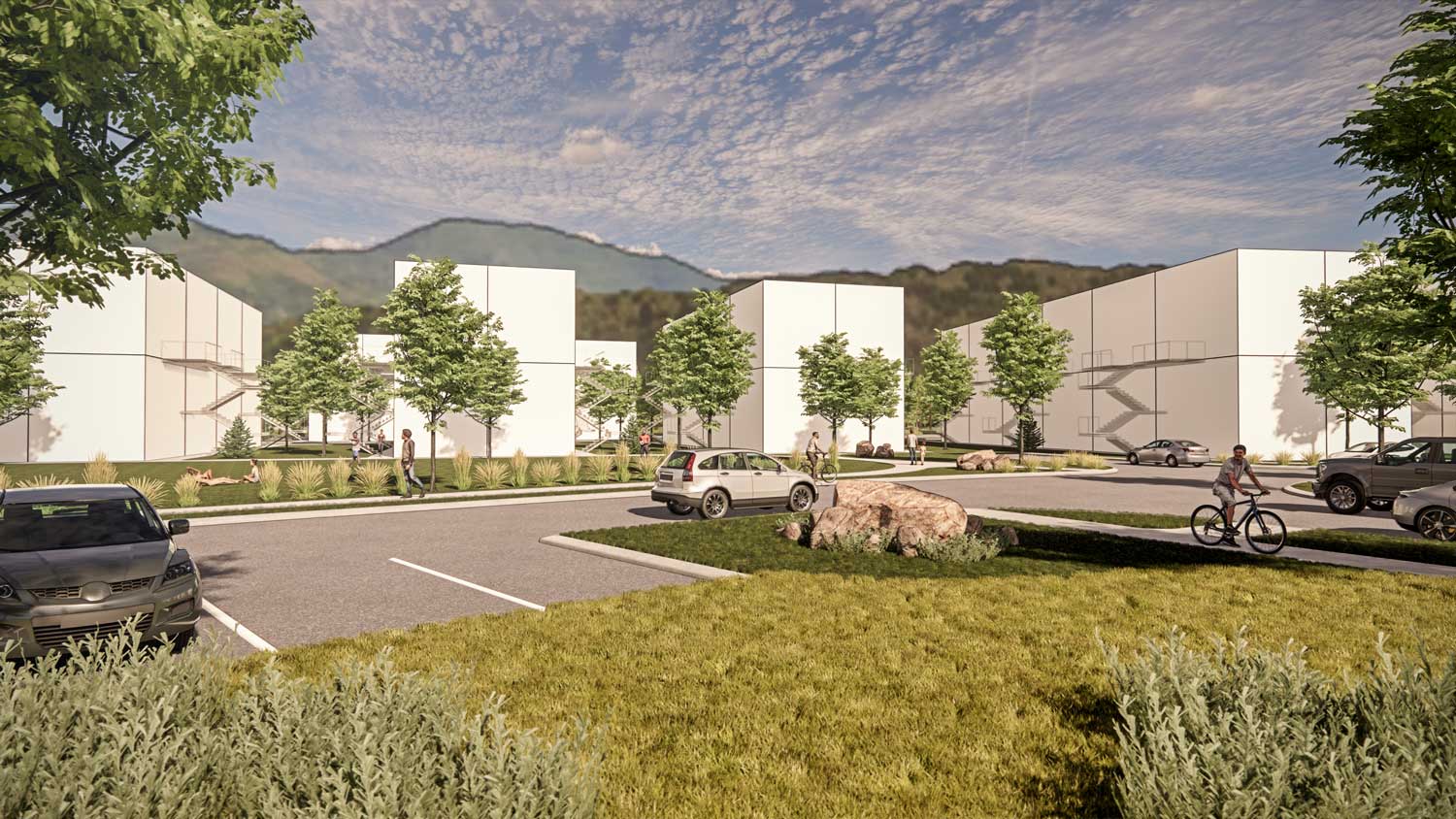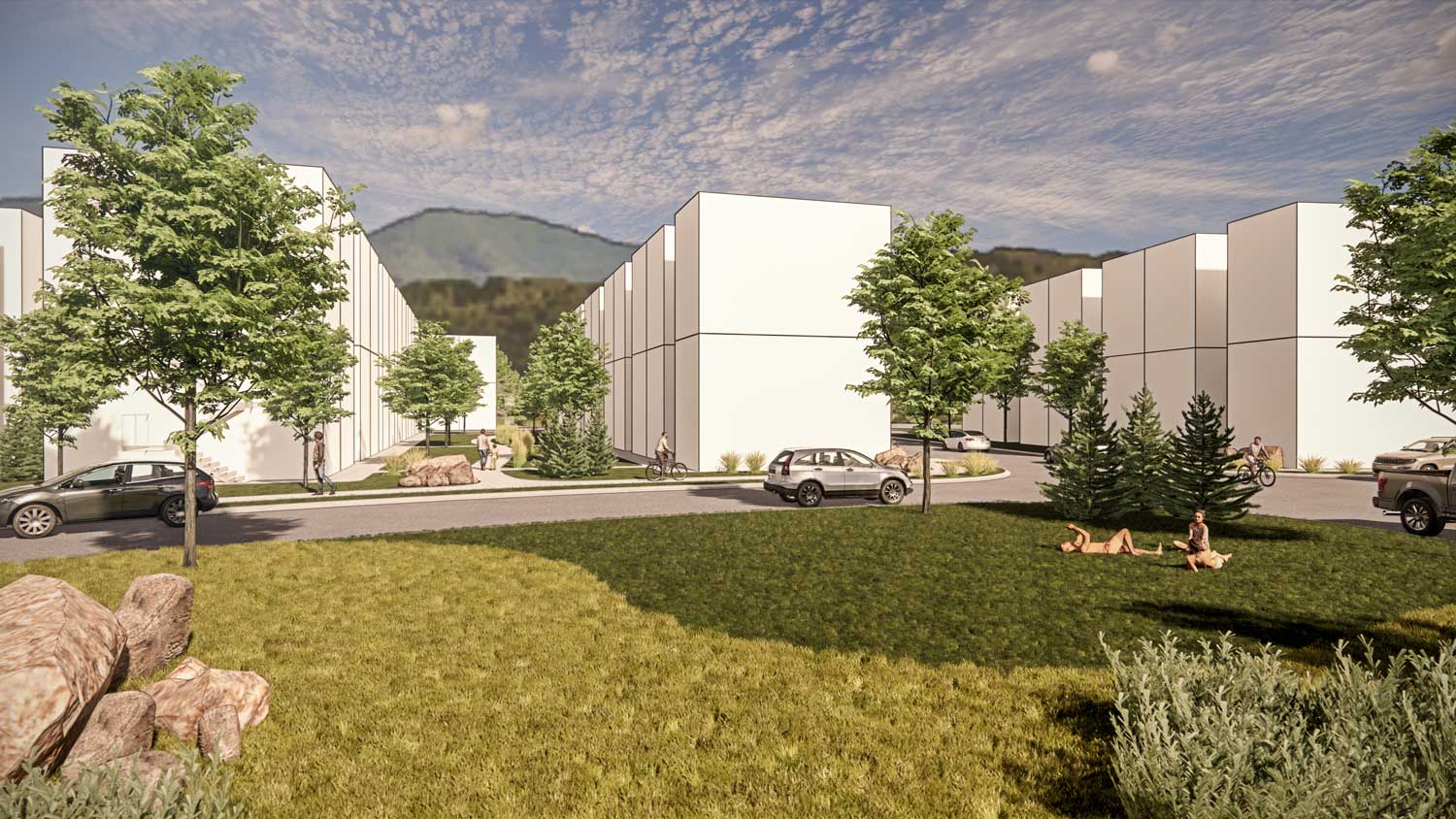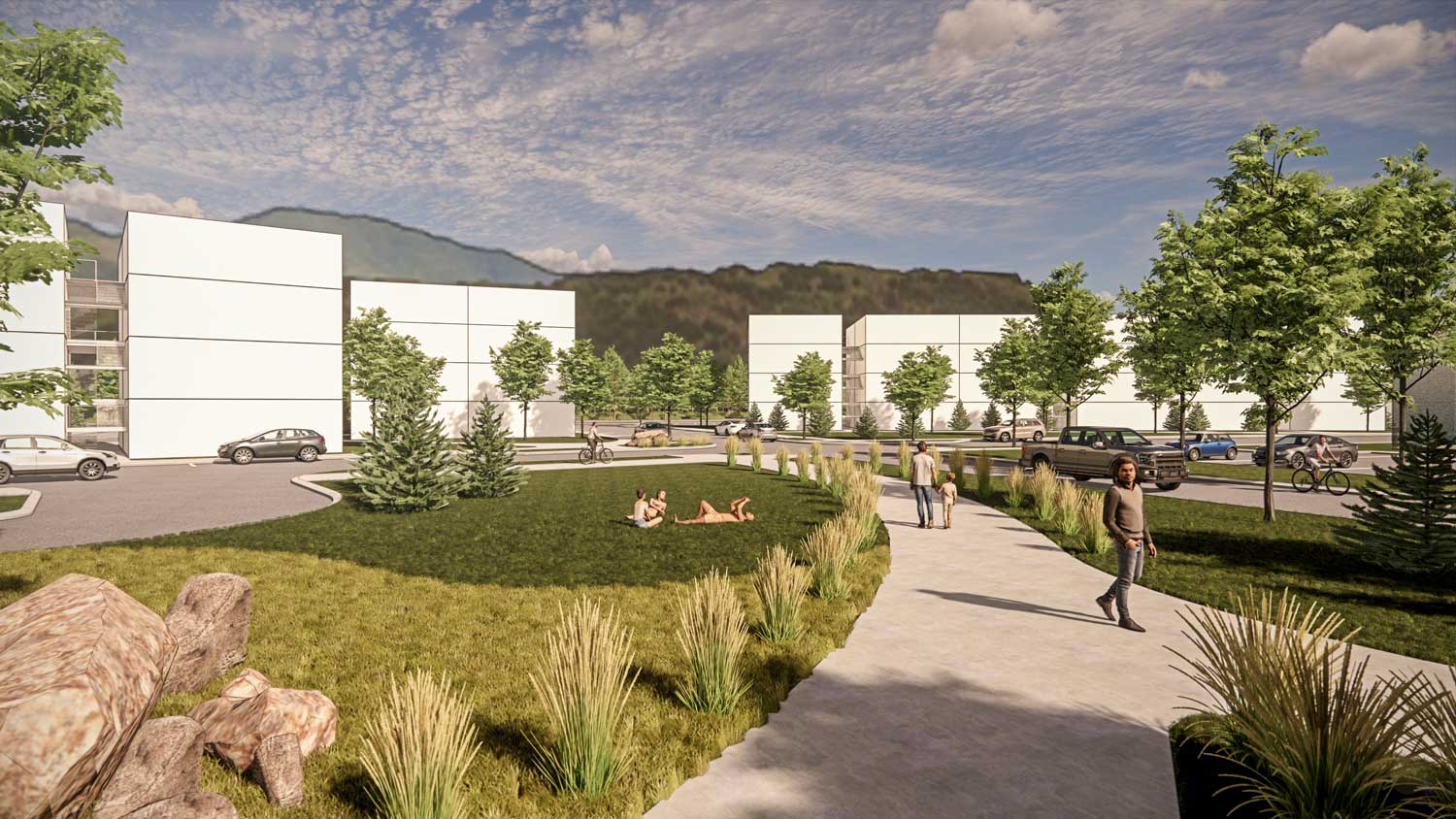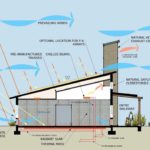Greenbuild 2021: More Than Just a Ripple, Let’s Be the Wave
Over the last few years, we’ve seen a renewed emphasis on health, wellness, and resiliency — in our schools, workplaces, grocery stores, healthcare facilities, and all the ways we gather together and seek care for ourselves. In parallel, and to the degree they’re intertwined, we’ve also seen corporate and government climate pledges reach new heights in the effort to curb the negative impacts of global warming. Companies are being challenged to do better by a workforce with new concerns and are tasked with creating cleaner, safer environments. What does this mean for a design firm like ours? It means we’re being called to action with more urgency than ever before.
Still riding the wave of Greenbuild earlier this fall — where Cushing Terrell was honored to both attend and present — I find myself reflecting continually on the words of recent USGBC President, Mahesh Ramanujam. He celebrated the strides we’ve made as a building industry and acknowledged how inspiring it was to be surrounded by impassioned professionals dedicated to developing sustainable solutions, but he also owned up to the fact that we, as a collective, don’t have all the answers. As companies, municipalities, and individuals call for solutions, we must redouble our efforts to find those answers. It’s time to dig deep into our shared learnings, experiment and innovate, celebrate every success, and “choose hope and action over cynicism and despair.”
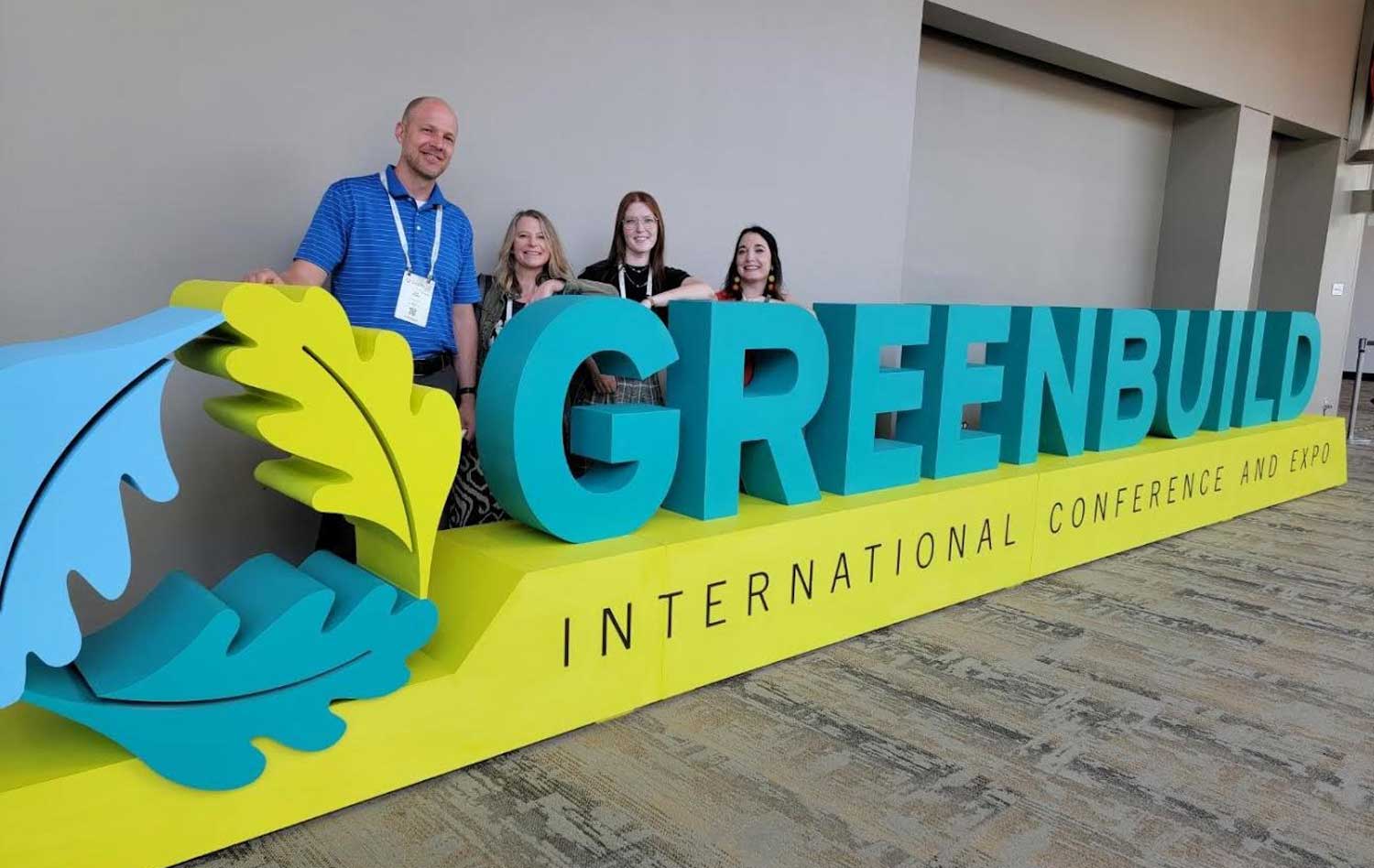
Cushing Terrell team members having a great time and learning a lot at Greenbuild 2021!
Answering the Call
Our Cushing Terrell team has experienced this increasing call for sustainable design solutions firsthand. Not only are we leading our clients in this direction, but they’re also coming to us with specific and comprehensive goals centered around what I see as key driving forces of sustainable design: climate protection, resilience, equity, and well-being.
These fundamental and interconnected cornerstones truly provide a holistic framework for addressing critical challenges and identifying essential actions to attain a more sustainable future. With increasing environmental, social, and economic stressors and more frequent and destructive severe weather events, it’s clear we must accelerate our efforts to fight against climate change and deliver more resilient and equitable outcomes for all. Additionally, it’s imperative that we focus on sustainability at various scales and look beyond individual buildings to entire communities, cities, and regions.

A Few Examples
Since this summer, members of our planning team have been busy collaborating with the Town of Carbondale in Colorado to update the town’s 2013 Comprehensive Plan. The overall objective is to suggest policy recommendations and implement strategies that will ensure Carbondale is on the right track to achieve their long-term vision and goals with specific areas of focus that include:
- Land-use development strategies,
- Aging in place within the community,
- Multi-modal transportation,
- High-density residential development, and
- An ambitious and impassioned commitment to become a net zero community by 2050.
After extensive research, analysis, and public engagement, our team proposed a new organizational structure for the next iteration of their Comprehensive Plan. The proposed structure of community character, climate protection, and equity will now serve as the essential framework to support the town’s long-term vision for a sustainable future.

Elsewhere in Colorado, Cushing Terrell was awarded a very exciting and important affordable housing project in Aspen in July. Led by our Affordable Housing team, and referred to as the Lumberyard Project, Cushing Terrell is providing design services for a 300+ unit housing community, planned for a 10.5-acre site prominently located at the gateway of Aspen.
Our team is collaborating with local planning, housing, and environmental groups to define specific sustainability values and identify measurable targets that will guide design decisions over the course of the project.
Project values, brought to the table by the client after an extensive multi-year community outreach effort, include:
- Setting a high bar for quality, next-level sustainable affordable housing.
- Promoting equity and creating a development that enables all people to participate, prosper, and reach their full potential.
- Designing for enhanced resilience, allowing for the community to adapt to changing conditions and maintain functionality when faced with environmental and infrastructure vulnerabilities.
From day one, these guiding principles have been at the core of all discussions and have informed early, high-level analysis to ensure the site design is aligned with the larger holistic goals of the project.
Through building performance analysis, the team is exploring the viability of net zero energy and/or net zero carbon goals. They’ve reviewed four unique building orientation and massing options to get a high-level understanding of energy consumption and what percentage of that energy could be offset by a solar photovoltaic (PV) installation and they’re using this data to guide initial site planning explorations. In addition, visuals depicting direct sunlight hours are being used to determine where interior and exterior access to daylight is challenged.
It’s incredibly inspiring for our team to partner with a client who — in their own words — is “excited to dream big” and wants to “set an example for quality, next-level sustainable affordable housing so that when we ask the community to do the same, we demonstrate it’s possible.”
For the Aspen Lumberyard Affordable Housing project, the Cushing Terrell team is exploring four unique building orientation and massing options to get a high-level understanding of energy consumption and what percentage of that energy could be offset by a solar photovoltaic (PV) installation.
Forever Improve
There’s so much potential for innovation with these ambitious and visionary projects. And incredible potential as more and more city governments, developers, and companies look to not only reduce their carbon footprint, but work to realize a built environment that provides environmental and human health benefits.
However, like the rest of the design community, our country, and the world, we know there’s more we must do. As our firm’s primary benchmark, we reference our AIA+ 2030 Commitment to track progress and challenge ourselves within the context of the data collected and shared through that initiative. Some of our operational efforts include offsetting our power needs with renewable energy credits (as of Q3 2021, we’ve saved more than one million tons of CO2 and 10.41 million MMBTU of energy); incorporating on-site solar, high-efficiency systems, and low-emission materials at our own offices; greening our materials libraries; and engaging in partnerships such as the Carbon Neutral Sampling Program with Material Bank.
As a firm, our mission is to forever improve, and that’s exactly what we intend to do when it comes to our sustainable design output. We’re competing against ourselves to see just how many ways we can make new discoveries in carbon reduction, what standards we can implement to impact every project, how many systems and strategies we can advance to create resiliency, and how much waste we can divert with conscious sourcing and material selections.
We’re embracing the unknown and prepared to keep searching for creative and holistic solutions. Now is the time — to accelerate, collaborate, innovate, and be bold.



